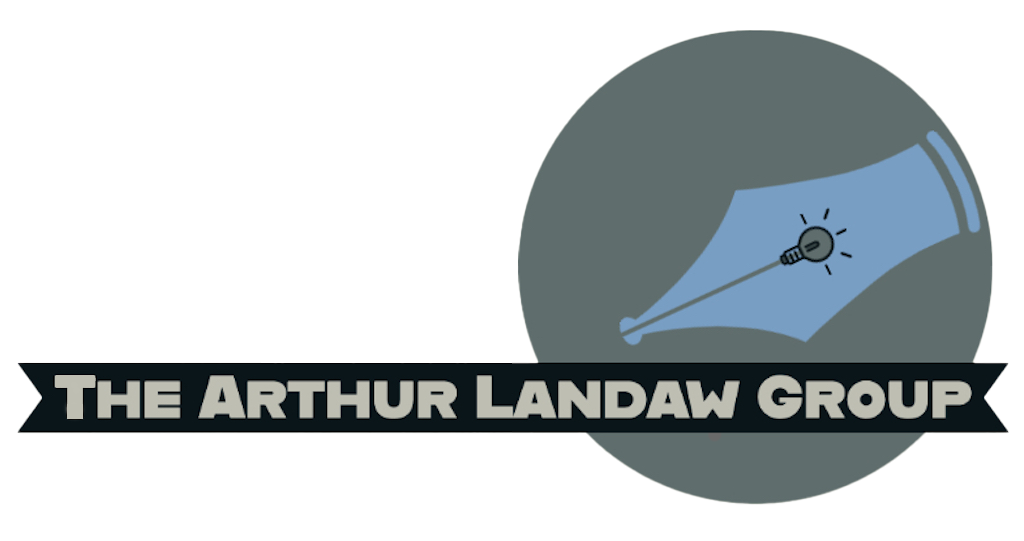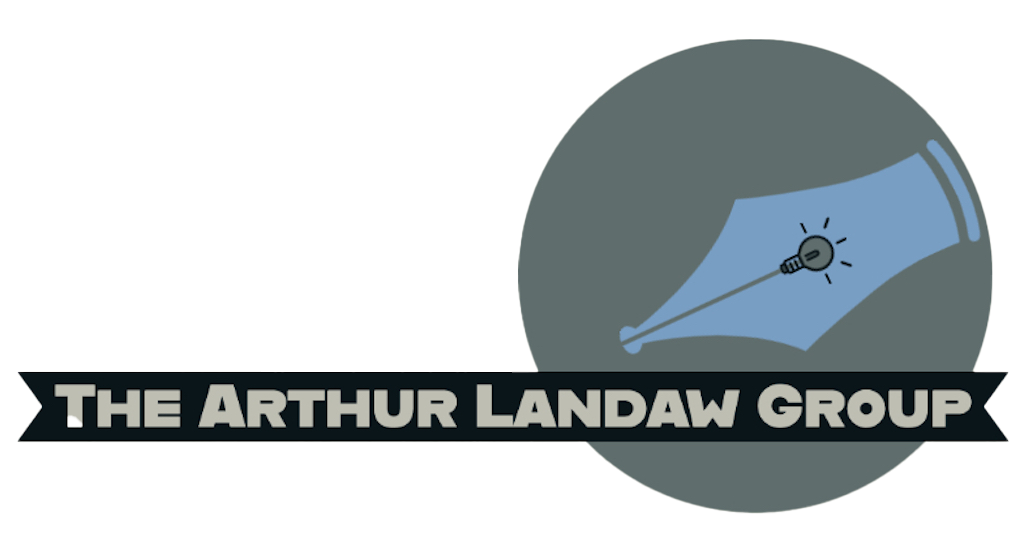When it comes to writing blog posts, many writers are focused on perfecting the content and making sure it is engaging and valuable to the readers. However, with the ever-changing landscape of search engine optimization (SEO), it’s important to also make sure that you’re following the best practices for SEO in order to ensure that your blog post is optimized for search engine results. In this article, we’ll discuss the best practices for SEO when writing blog posts and how following them can help you to get the most out of your blog post.
1. Utilize SEO-Friendly URLs
The URL of your blog post is one of the most important elements when it comes to SEO. URLs should be descriptive, concise and easy to read. Avoid using symbols, numbers and long strings of characters. Make sure to include the primary keyword in the URL, as this will help search engines understand the content of the blog post.**
2. Use Descriptive Headers
Headers help to break up the text and make the content easier to read. They also provide an opportunity to include keywords, which can help to boost your SEO. When writing headers, make sure to use descriptive phrases that accurately describe the content of the section and include the primary keyword or phrase.
3. Include Relevant Links
Links are important for SEO because they provide additional information and context. Links to external resources can also help to build authority and credibility. When including links, make sure to include them to relevant content that is high-quality and provides value to the reader.
4. Optimize for Mobile
With more and more people using mobile devices to access content, it’s important to make sure that your blog post is optimized for mobile. This means using a responsive design that looks good on all devices, including phones, tablets and desktops. Additionally, make sure to optimize images for mobile and use shorter paragraphs, as this will make the content easier to read on a small screen.
5. Use Keywords Strategically
When it comes to keywords, it’s important to use them strategically. Don’t stuff your content with keywords and avoid using the same keyword or phrase too many times. Instead, use a variety of related keywords and phrases that accurately describe the content. Additionally, use the keywords in the headers, title and meta description.
6. Include an Attractive Image
Images can help to break up the content and make it more engaging. When selecting an image, make sure to use an image that is relevant to the content and that is high quality. Additionally, make sure to include the keyword in the file name and include a description of the image with the keyword.
7. Create a Catchy Title
The title of your blog post is an important element of SEO. It should be catchy and accurately describe the content of the post. Additionally, include the primary keyword in the title as this will help search engines understand the content.
By following these best practices for SEO when writing blog posts, you can ensure that your content is optimized for search engine results. This, in turn, can help to increase the visibility of your blog post and drive more traffic to your website.



